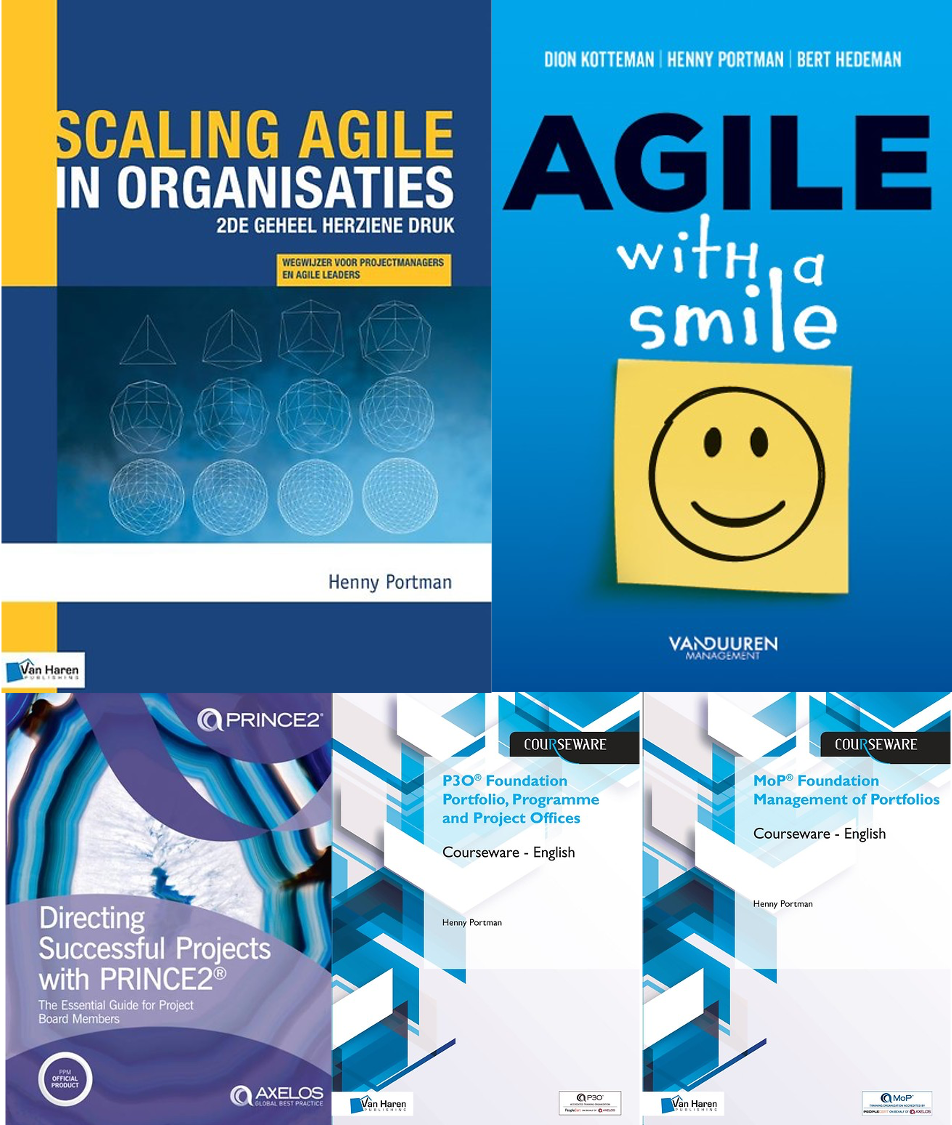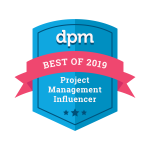 Jeff Patton wrote the book User Story Mapping. Story mapping it’s a tool to enable your team to hold better conversations about the project throughout the development process. Your team will learn to come away with a shared understanding of what you’re attempting to build and why.
Jeff Patton wrote the book User Story Mapping. Story mapping it’s a tool to enable your team to hold better conversations about the project throughout the development process. Your team will learn to come away with a shared understanding of what you’re attempting to build and why.
The book offers 18 chapters:
- The big picture. This chapter will help to get a basic understanding of a story map and what it means to tell stories.
- Plan to build less. Now you have a basis understanding of a map some more details are added. What’s the backbone of the map, what type of users are playing a role, which big activities are the performing, how can those activities be divided into smaller steps, how can we split a single step into more details.
- Plan to learn faster. Are we going to deliver everything in one big release, or can we have multiple releases? How are we going to set up the individual releases? How can we learn from the users using the release (validated learning, build – measure – learn)?
- Plan to finish on time. Don’t release each slice. Divide your release in an opening game (see it work), mid game (make it better) and an end game (make it releasable). Include risk stories to make risk visible.
- You already know how. Based on the previous chapters you now have a pretty good understanding of a story map. In this chapter you can prove you really understand it by creating a story map of all the things you have done this morning when you woke up until you’ve gotten ready for work. Will be fun, definitely when you do this with some more people and start to discuss differences.
 To download: QRC (story mapping, 190606) v1.0
To download: QRC (story mapping, 190606) v1.0 - The real story about stories. The founding father of the idea of stories was Kent Beck (eXtreme Programming). His idea was to stop working so hard on writing the perfect document, and to get to tell stories get their name not from how they’re supposed to be written, but from how they’re supposed to be used. Ron Jeffries describe the story process as 3 C’s: Card, Conversation and Conformation.
- Telling better stories. Stay away from template zombies. Start talking about the who, what, why, what goes wrong, what happens outside the software, questions and assumptions, better solutions, how and how long.
- It’s not all on the card. You could scribble everything you like on a card. E.g. short title, description, story number, estimate, size or budget, value, metrics, dependencies, status, dates. You could even flip the chart to the back and write additional notes or bulleted acceptance criteria.
- The card is just the beginning. The 3 C’s are just the beginning. Two more C’s complete it: Construction and Consequences (evaluate with team first, then with business stakeholders and in tests with customers and users).
- Bake stories like cake. Ask lots of who, what, and why questions. Ask about the context (where, when, how many). Talk long enough to build shared understanding. If the story describes a solution that’s too expensive, consider a different solution that helps you reach the goal. If the story describes a solution that’s affordable but big, break it into smaller parts that allow you to evaluate and see progress sooner.
- Rock breaking. A right-sized story from a user’s perspective is one that fulfills a need. A right-sized story from a development team’s perspective is one that takes just a few days to build and test. A right-sized story from a business perspective is one that helps a business achieve a business outcome. Conversations are one of the best tools for breaking down big stories.
- Rock breakers. A small, cross-functional team led by a product owner orchestrates product discovery work. The ideal size for a product discovery team is two to four people – dinner-conversation-sized so the members can quickly build shared understanding. The solution we want is valuable, feasible and usable (the three concerns; triad).
- Start with opportunities. Have conversations about opportunities and decide whether to move forward with them or trash them. If you agree to take on everything you are not helping anyone. Aggressively trash opportunities that don’t offer much hope of creating the outcomes you hope for.
- Using discovery to build shared understanding. Discovery work isn’t about building shippable software, it’s about learning. What problems are we really solving? What solutions could be valuable? What does a usable solution look like? What’s feasible to build given the time and tools that we have? Use four essential steps to discovery: frame the idea, understand customers and users, envision your solution and minimize and plan.
- Using discovery for validated learning. During discovery and validated learning, you may be telling stories constantly, breaking ideas and work down into small buildable pieces and agreeing on exactly what to build. You’ll be doing it so fast that it won’t be clear you’re using stories. But you are.
- Refine, define, and build. Play the Good-Better-Best game for splitting stories (What’s good enough to get things working, what would make it better, what’s the best version we can imagine?).
- Stories are actually like asteroids. Break stories down progressively, and just in time. To avoid a backlog filled with lots of tiny stories, take a bundle of stories that go together, and write all their titles on a single card as a bulleted list. Summarize those tittles with a single title on your new card and you’ve got one big story. In this way you can clean-up your backlog.
- Learn from everything you build. There are many opportunities to learn: review as a team, review with others in your organization, learn from users, learn from release to users, and use a map to evaluate release readiness.
Conclusion: A must read for product owners and agile team members. It’s the most complete book on story mapping I have read, and it will answer all (or most of) your questions regarding user story mapping.The book will definitely help you to use story mapping to deliver results that satisfy your customers.
To order (Managementboek): User Story Mapping
To order (Bol.com): User Story Mapping
















Nice write-up Henny. It is indeed a powerful book. About 5 years back we introduced this concept at a digital agency building multiple products for many clients and it was a game changer for us.
The beauty as I see it is with the “slicing” that Jeff talks about. Being able to slice through the product horizontally is pure genius.
I hadn’t heard of the three C’s for stories. I like it and am going to try and apply that when I write stories in the future.
Nice one!
Pingback: Overview of my year 2019 book reviews | Henny Portman's Blog
Pingback: Quick Reference Cards in 2019 | Henny Portman's Blog
Pingback: Review User Story Mapping - Project Management World
Hello, I love your blog! I really agree with your point as I am a technical support representative for a BPO provider.